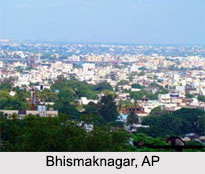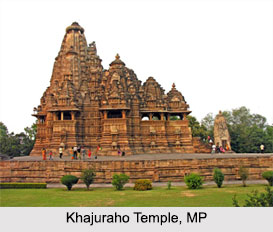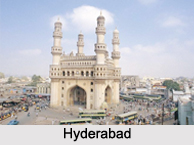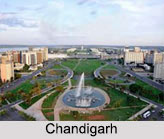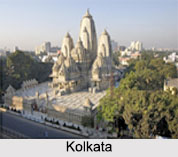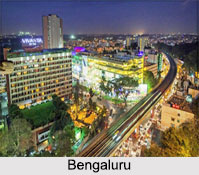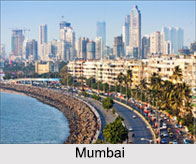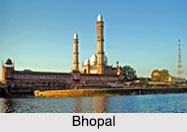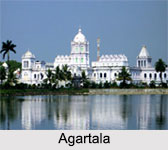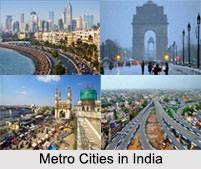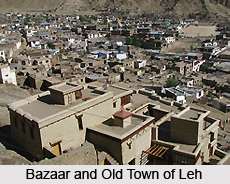 After settling into a hotel or guesthouse, most visitors spend their first day in Leh soaking up the atmosphere of the bazaar. Eighty or so years ago, this bustling tree-lined boulevard was the busiest market between Yarkhand and Kashmir. Merchants from Srinagar and the Punjab would gather to barter for pashmina wool brought down by nomadic herdsmen from western Tibet, or for raw silk hauled across the Karakorams on Bactrian camels. These days, though the street is awash with kitsch curio shops and handicraft emporiums, it retains a distinctly Central Asian feel. Even if you`re not shopping for trekking supplies, check out the provision stores along the street, where bright pink, turquoise, and wine-red silk cummerbunds hang in the windows.
After settling into a hotel or guesthouse, most visitors spend their first day in Leh soaking up the atmosphere of the bazaar. Eighty or so years ago, this bustling tree-lined boulevard was the busiest market between Yarkhand and Kashmir. Merchants from Srinagar and the Punjab would gather to barter for pashmina wool brought down by nomadic herdsmen from western Tibet, or for raw silk hauled across the Karakorams on Bactrian camels. These days, though the street is awash with kitsch curio shops and handicraft emporiums, it retains a distinctly Central Asian feel. Even if you`re not shopping for trekking supplies, check out the provision stores along the street, where bright pink, turquoise, and wine-red silk cummerbunds hang in the windows.
When you`ve had enough of the bazaar, head past the new green-and-white painted Jami Masjid at the top of the street, and follow one of the lanes that lead into the old town. Apart from the odd electric cable and concrete path, nothing much has changed here since the warren of flat-roofed houses, crumbling chortens and mani walls (see box, below) was laid down late in the sixteenth century - least of all the plumbing. One place definitely worth walking through the putrid-smelling puddles to visit, however, is the Chamba temple. It`s not easy to find on your own; when you get to the second row of shops on the left beyond the big arch ask for the key-keeper (gonyer), who will show you the way. Hemmed in by dilapidated medieval mansions, the one-roomed shrine houses a colossal image of Maitreya, the Buddha to come, and some wonderful old wall paintings.
